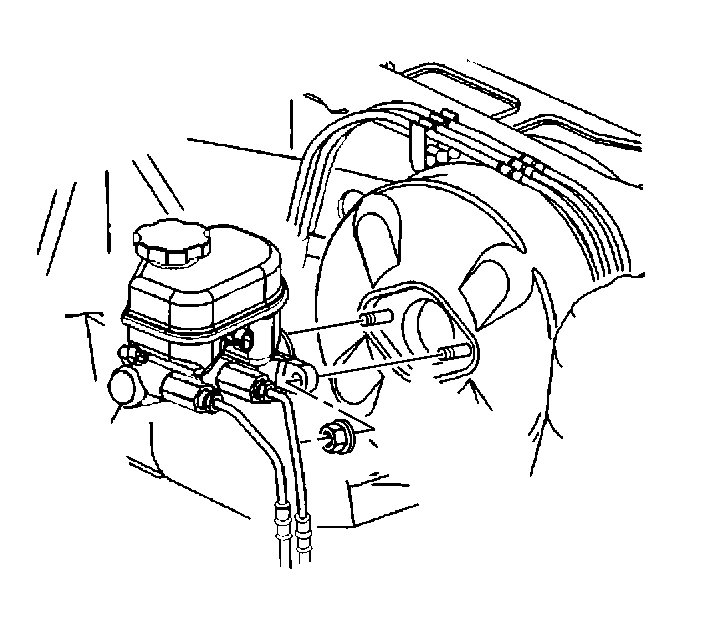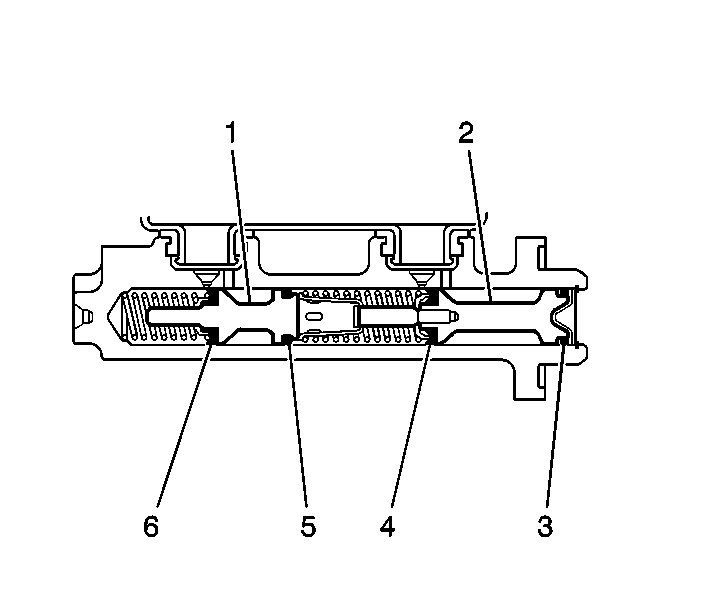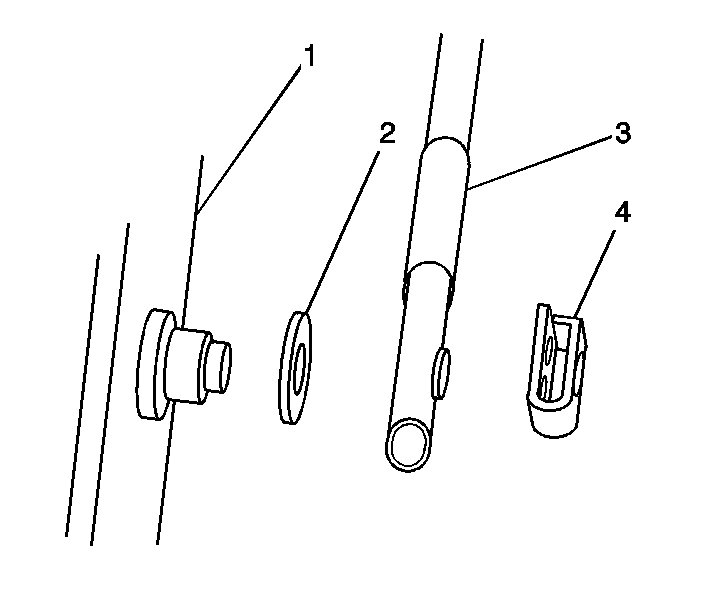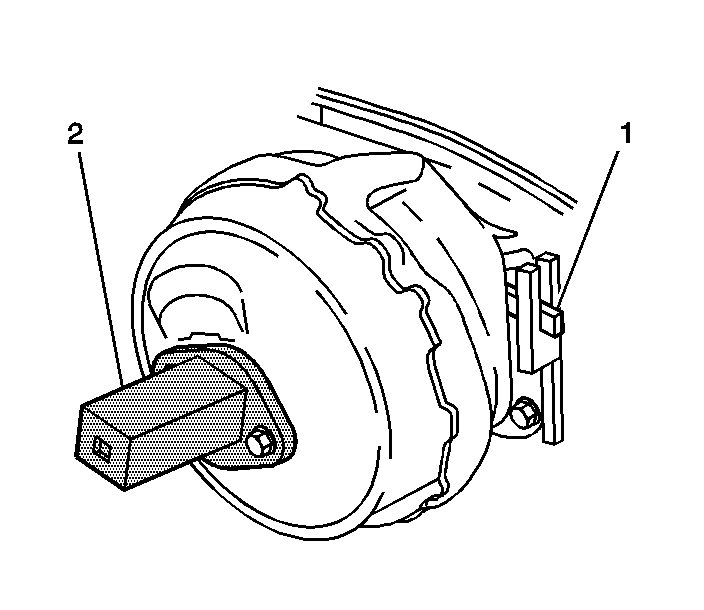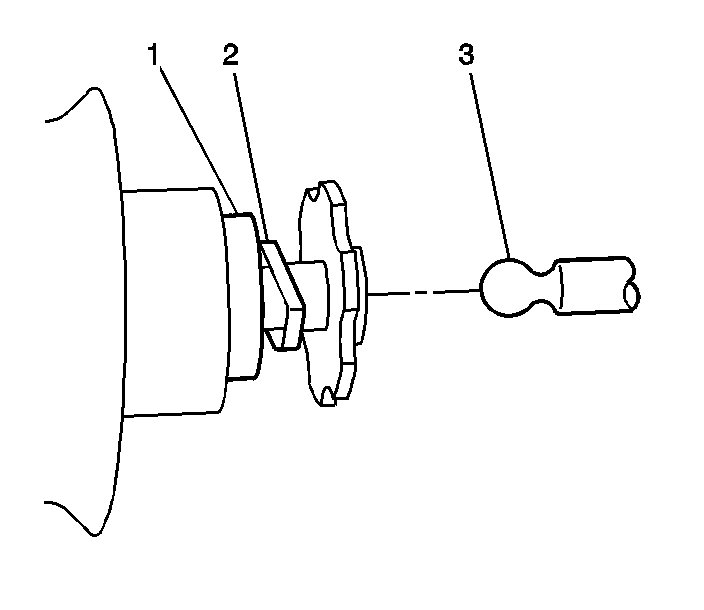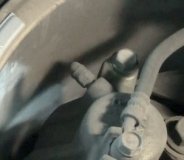Welcome to 2CarPros.
First, I'm not sure what hose you are seeing, but honestly, there are no hydraulic brake lines in the vehicle. With that being said, I suspect that the master cylinder is leaking from the rear where it mounts to the brake booster. Chances are the booster is full of brake fluid and it is leaking through the firewall into the vehicle.
Make sure you see no leaks under the vehicle before doing this. If you do, suspect a bad steel brake line, rubber brake hose, or one of the brake calipers.
____________________________
What I suggest is to remove the master cylinder and inspect the rear of it as well as in the brake booster for fluid. First, here is a link that explains how to replace the master cylinder in general:
https://www.2carpros.com/articles/how-to-replace-a-brake-master-cylinder
Here are the directions for replacing the master cylinder specific to your vehicle. The attached picture correlates with the directions.
___________________________
MASTER CYLINDER REPLACEMENT
Master Cylinder Replacement
Caution: Refer to in Brake Fluid Irritant Caution.
Notice: Refer to Brake Fluid Effects on Paint and Electrical Components Notice.
Removal Procedure
1. Disconnect the electrical connector from the brake fluid level sensor.
2. Disconnect the brake pipes from the master cylinder.
Important: Install a rubber cap or plug to the exposed brake pipe fitting end in order to prevent brake fluid loss and contamination.
3. Plug the open brake pipe fitting ends.
pic 1
4. Remove the 2 master cylinder mounting nuts.
5. Remove the master cylinder.
6. Remove the reservoir from the master cylinder if it is to be reused on a replacement master cylinder.
Installation Procedure
1. Install the brake master cylinder reservoir to the master cylinder if it was removed previously.
2. Bench bleed the master cylinder.
pic 1
3. Install the master cylinder to the vacuum brake booster.
Notice: Refer to Fastener Notice.
4. Install the 2 brake master cylinder mounting nuts.
Tighten the 2 brake master cylinder mounting nuts to 25 N.m (18 lb ft).
5. Remove the plugs from the brake pipes.
6. Install the brake pipes to the master cylinder.
Tighten the brake pipe fittings at the master cylinder to 38 N.m (28 lb ft).
7. Connect the electrical connector to the brake fluid level sensor.
8. Bleed the hydraulic brake system.
______________________________
The link I included above explains how to bench bleed the new master cylinder and system
Let me know if this helps or if you have other questions.
Take care,
Joe
Image (Click to make bigger)
Friday, May 24th, 2019 AT 10:00 PM
